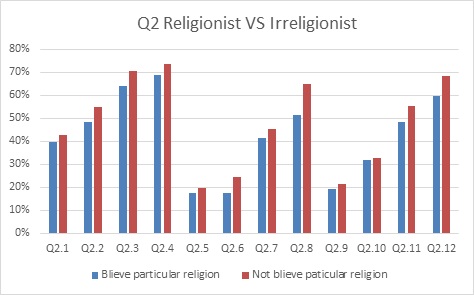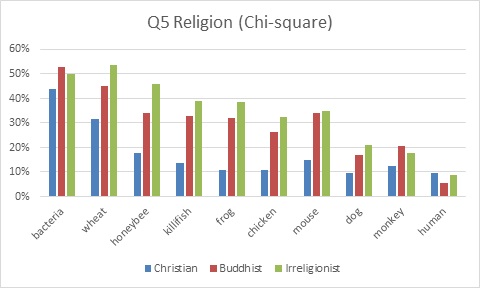Team:Kyoto/Humanpractice/Data
From 2013.igem.org
| Line 1: | Line 1: | ||
| + | ===Q1 Have you ever thought about experiments using living things?=== | ||
<br> | <br> | ||
| - | |||
1Yes 2No<br><br><br> | 1Yes 2No<br><br><br> | ||
Revision as of 20:17, 27 September 2013
Contents |
Q1 Have you ever thought about experiments using living things?
1Yes 2No
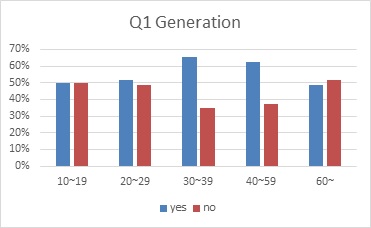
Fig1.A comparison by generation
the number of 20s to 50s people who chose yes is larger than that of other generation.
10~19 N=92 20~29 N=68 30~39 N=26 40~59 N=32 60~=33
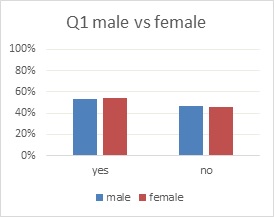
Fig2.A comparison between male and female
There does not seem to be much difference.
male=111 female=141
Fig3.A comparison between peaple who have specific religion and peaple who do not.
There does not seem to be much difference.
Believe particular religion N=126 Not believe particular religion N=126
q2
Q2 Do you think these experiments using living-creatures are permissible? Please give X as many as you think it is permissible.
1 check
2 no check
Q2.1 Subjects are killed in the experiment, but it can save people in disease.
Q2.2 Subjects can be killed in the experiment, but it can save people in disease.
Q2.3 Subjects are not killed in the experiment but they never go back in nature. However, it can save people in disease.
Q2.4 Subjects are only observed in nature and it can save people in disease.
Q2.5 Subjects are killed in the experiment, but it can improve our life.
Q2.6 Subjects can be killed in the experiment, but it can improve our life.
Q2.7 Subjects are not killed in the experiment but they never go back in nature. However, it can improve our life.
Q2.8 Subjects are only observed in nature and it can improve our life.
Q2.9 Subjects are killed in the experiment, but it can advance science.
Q2.10 Subjects can be killed in the experiment, but it can advance science.
Q2.11 Subjects are not killed in the experiment but they never go back in nature. However, it can advance science.
Q2.12 Subjects are only observed in nature and it can advance science.
Fig4.A comparison between people who have specific religion and people who do not.
People who do not have specific religion permit using living things for experiments than people who have specific religion.
Believe particular religion N=126 Not believe particular religion N=126
この図は特定の宗教を信仰しているかで比較したもの
特定の宗教を信仰していないほうが、動物実験を許す人がどの問いに対してもわずかに多い
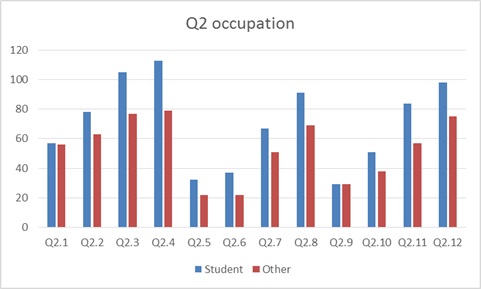
Fig5.A comparison between student and the other.
Student permit using living things for experiments than the other .
Student N=138 Other N=114
この図は学生と他で比較したもの
学生は他の職業に比べ、動物実験を許す人が多い
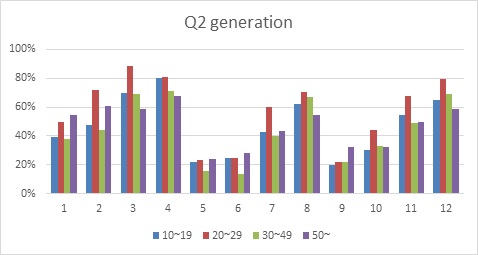
Fig6.A comparison by generation
20s permit using living things for experiments than other generation.
10~19 N=92 20~29 N=68 30~49 N=45 50~ N=46
この図は年齢で比べたものだ。
20代はほかの年齢のひとより生物実験を許すひとが多い
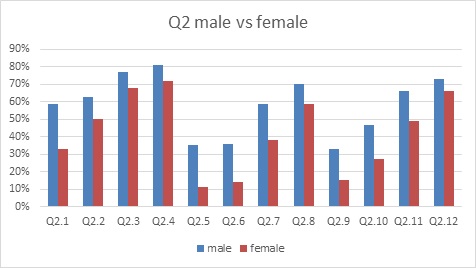
Fig7.A comparison between male and female
Male permit using living things for experiments than female.
male N=111 female N=141
この図は性別で比べたもの。
男性の方が女性より生物実験を許す人が多い
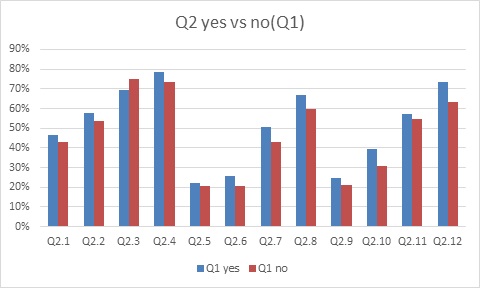
Fig8.A comparison between people who answered YES at Q1 and who answered NO.
There doesn't seem any difference.
Q1 yes N=135 Q1 no N=117
この図はQ1でYesと答えた人とNoと答えた人で比較したもの。
違いはほとんど見られない。
q3
Q3 How much do you know about genetically modifying (GM) technology?
1 I know well.
2 I know only its name.
3 I do not know at all.
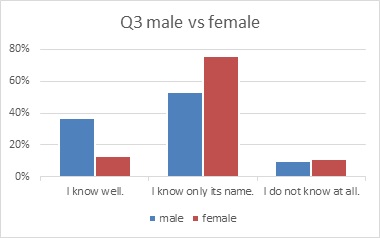
Fig9.A comparison between male and female
We can
これらの図は男女で比べたもの。
遺伝子組み換えに関しては男性のほうが女性より知識があると言う割合が多い。
The number of males who answered "I kwow" about genetically modification (GM) is larger than that of females.
male N=173 female N=210
q4
Q4 Do you think modifying creature’s gene is ethically permissible or not?
1 Yes, we can modify every creatures’ gene.
2 Partly yes, some can be but others are not.
3 No, any living things’ gene cannot be modified.
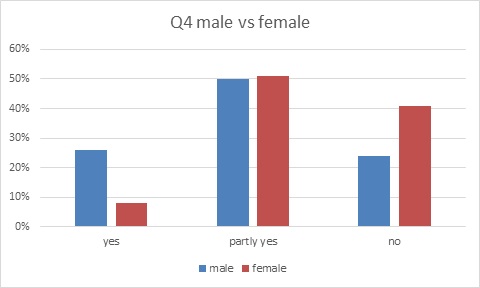
Fig10.
male N=204 female N=227
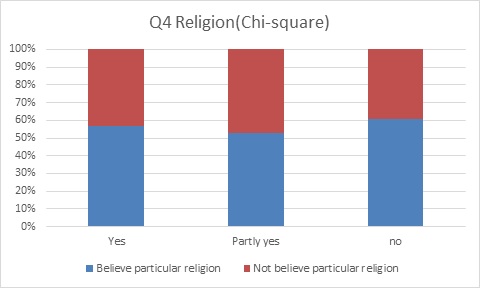
Fig11.
Belive particular religion N=242 Not believe particular religion N=189
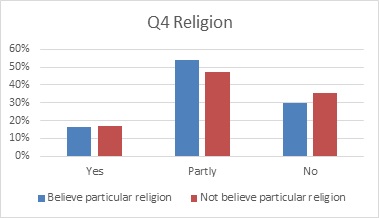
Fig12.
Yes N=72 Partly yes N=217 no N=142
q5
Q5 Who answered ‘partly yes’ to the fifth question, please answer this question. Which of these creatures’ gene can be modified? Please give X as many as you think it is permissible.
1 check
2 no check
Q5.1 Bacteria Q5.2 wheat Q5.3 honeybee Q5.4 killifish Q5.5 frog
Q5.6 chickens Q5.7 mouse Q5.8 dog Q5.9 monkey Q5.10 human beings
この図は宗教別に比較したもの。
宗教によってグラフの概形が異なる。
BuddhistとIrreligionistはだいたい同じグラフで、種が高等になるにつれ遺伝子組み換えを許すと答える人が少なくなるのに比べ、Christianはhoneybeeからhuman beingsまで遺伝子組み換えを許すと答える人の割合は15%前後であった。
The graph shows the difference according to religion. The graph of Buddhist is almost the same with that of Irreligionist, which shows that the higher the animals are, the less people who thinks their genes can be modified. From honey bee to human beings,Christian who thinks genetically modification is permitted takes up about 15%.
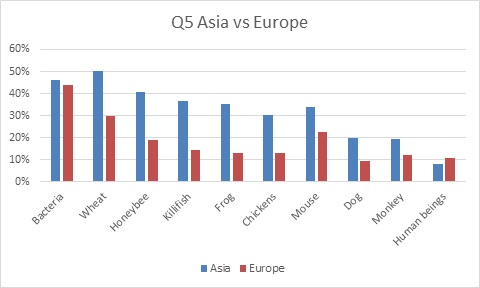
この図はAsiaとEuropeで比較したもの
宗教別に比較したときと似た形になり、AsiaはBuddhistとIrreligionistのグラフと同じ形で、EuropeはChristianと同じ形だ
A comparison between Asian and Europe. The graph is similar with the one which compares between religions. The graph of Asian is similar to that of Buddhist and Irreligionist, while the graph of Europe is similar to that of Christian.
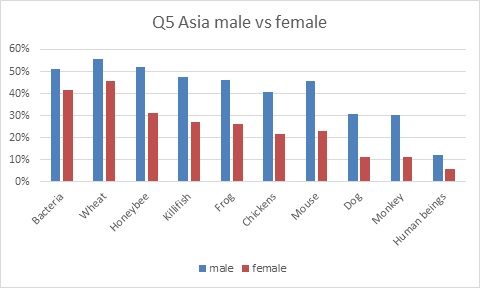
この図はアジアの男女で比較したもの
男性の方が女性より遺伝子組み換えを許す人が多い。
A comparison between male and females in Asia. The number of males who allow genetically modification than that of females.
案2
This graph shows the difference between male and female from Asia.
The number of males who allow genetically modification is larger than that of females.
別案
More males allows genetically modification than females.
In comparision to females, many males allow genetically modification.
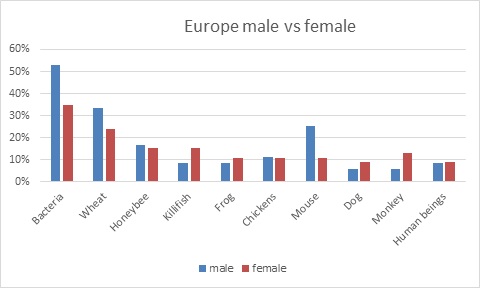
この図はヨーロッパの男女で比べたもの。
男性のほうが大腸菌とマウスを遺伝子組み換えをすることが許されると答えた人が女性より多かったがその他はあまり違いはない。
A comparison between male and female in Europe. The number of males who answered that genetically modification is admitted in E. coli and mice is larger than that of females. About other living things, there is no difference between male and female.
案2 This graph shows the difference between male and female from Europe. The number of males who allow genetically modification of bacteria and mouse is larger than that of females, but there shows no much difference between other animals.
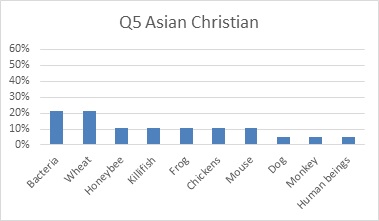 Q1
Q1
When we see fig?(?=該当するfigの番号) and fig? there doesn't seem any difference.
When we see fig? the number of 20s to 50s people who chose yes is larger than that of other generation.
Q2
The standard of the answer to this question is whether the answer places an importance on the profit they may gain through animal experiments, or the agony the animals feel through these experiments.
We asked whether animal experiments can be allowed from three points, “saving human beings”, “useful to our life”, “contribution to the development of science”
As a result, people who answered that animal experiment can be performed if it is for saving human beings was obviously larger than the other two points.
As for the difference by sex, male seems to be more generous to animal experiment, and place an importance on the profit of the human beings while female seem to place an importance on the animals’ pain.
When we compared by the salary or age, there seemed to be no significant difference.
(各設問のコメント記載)
(まとめ)
</div> </div>
 "
"

